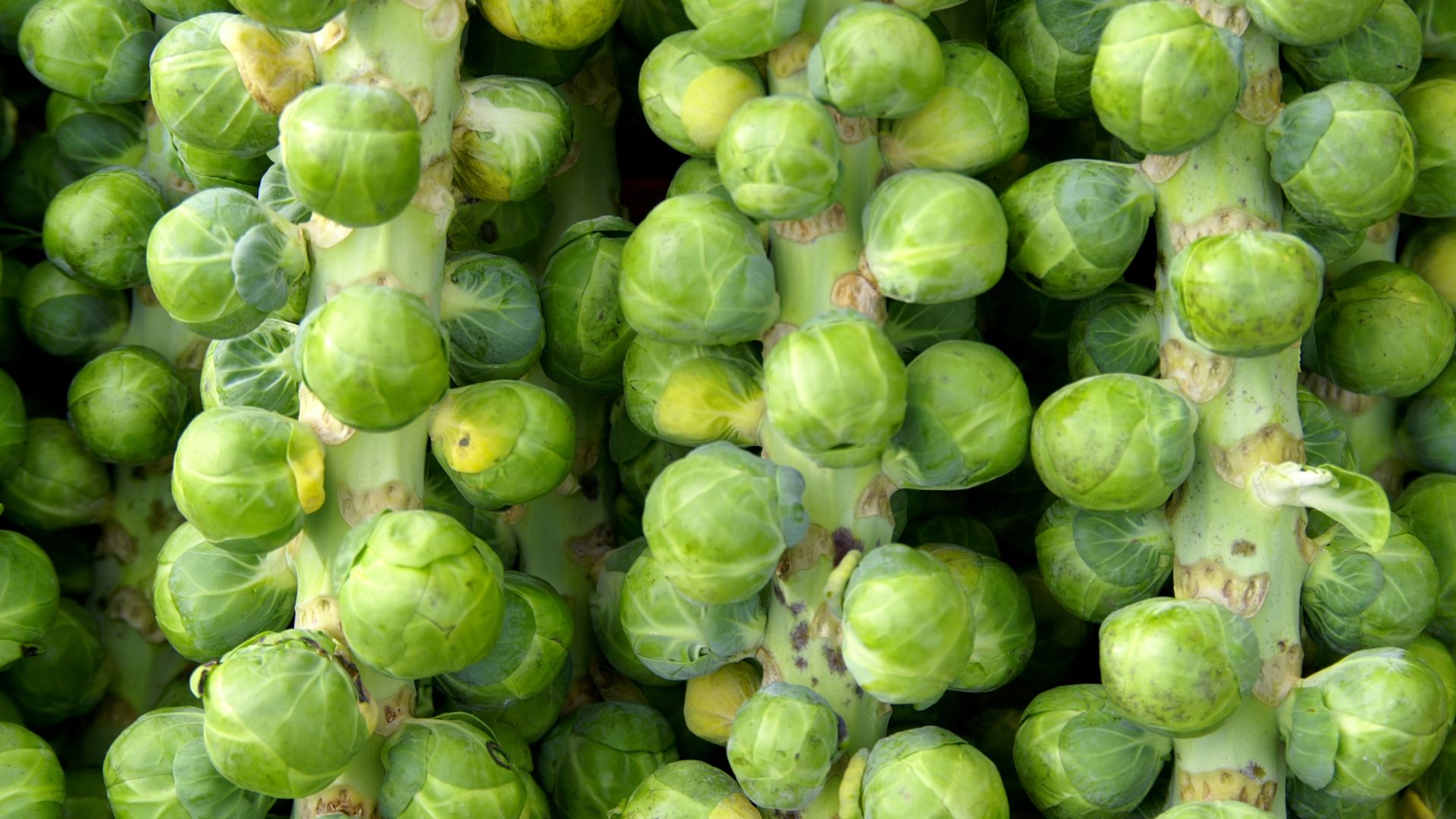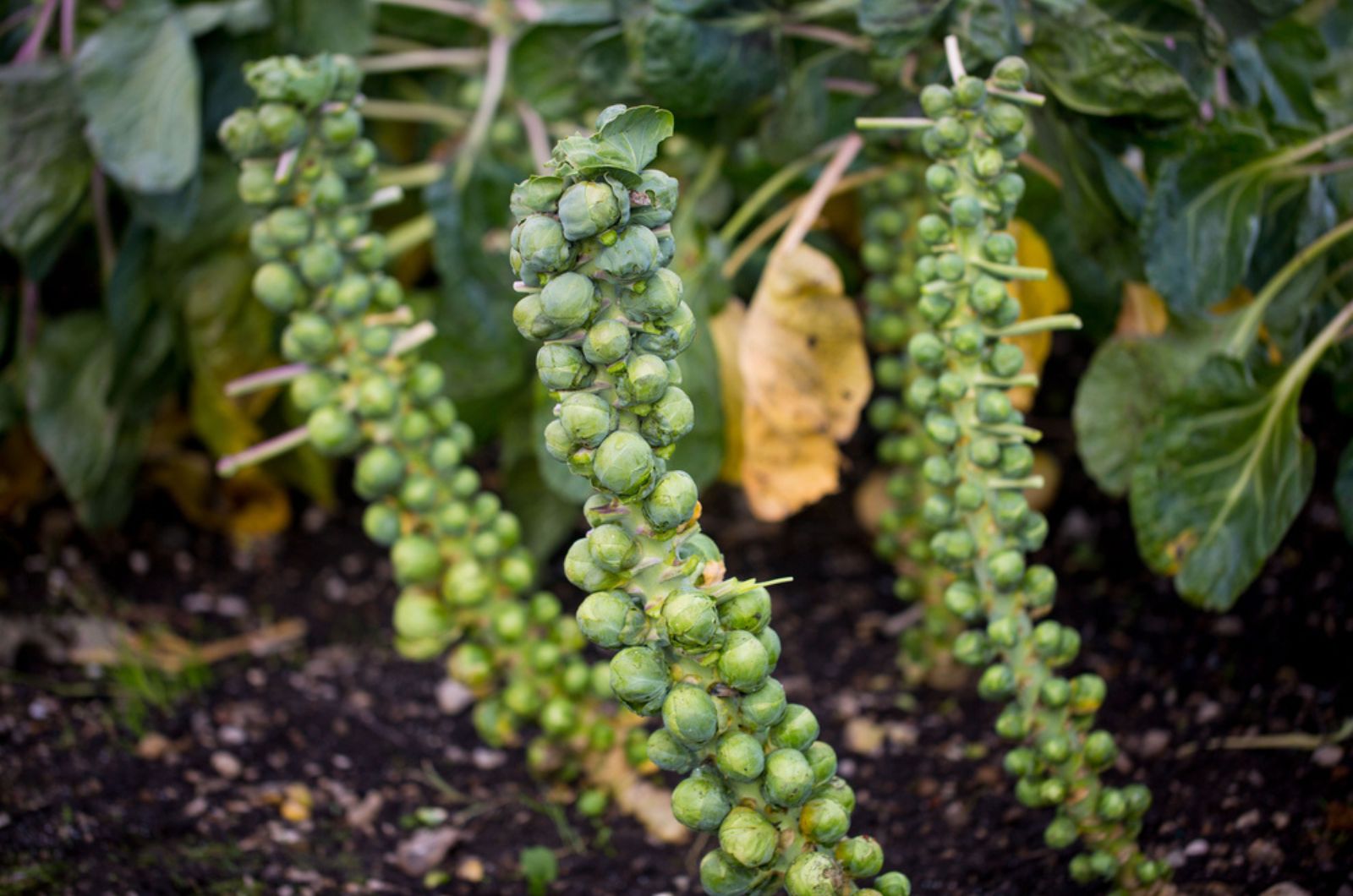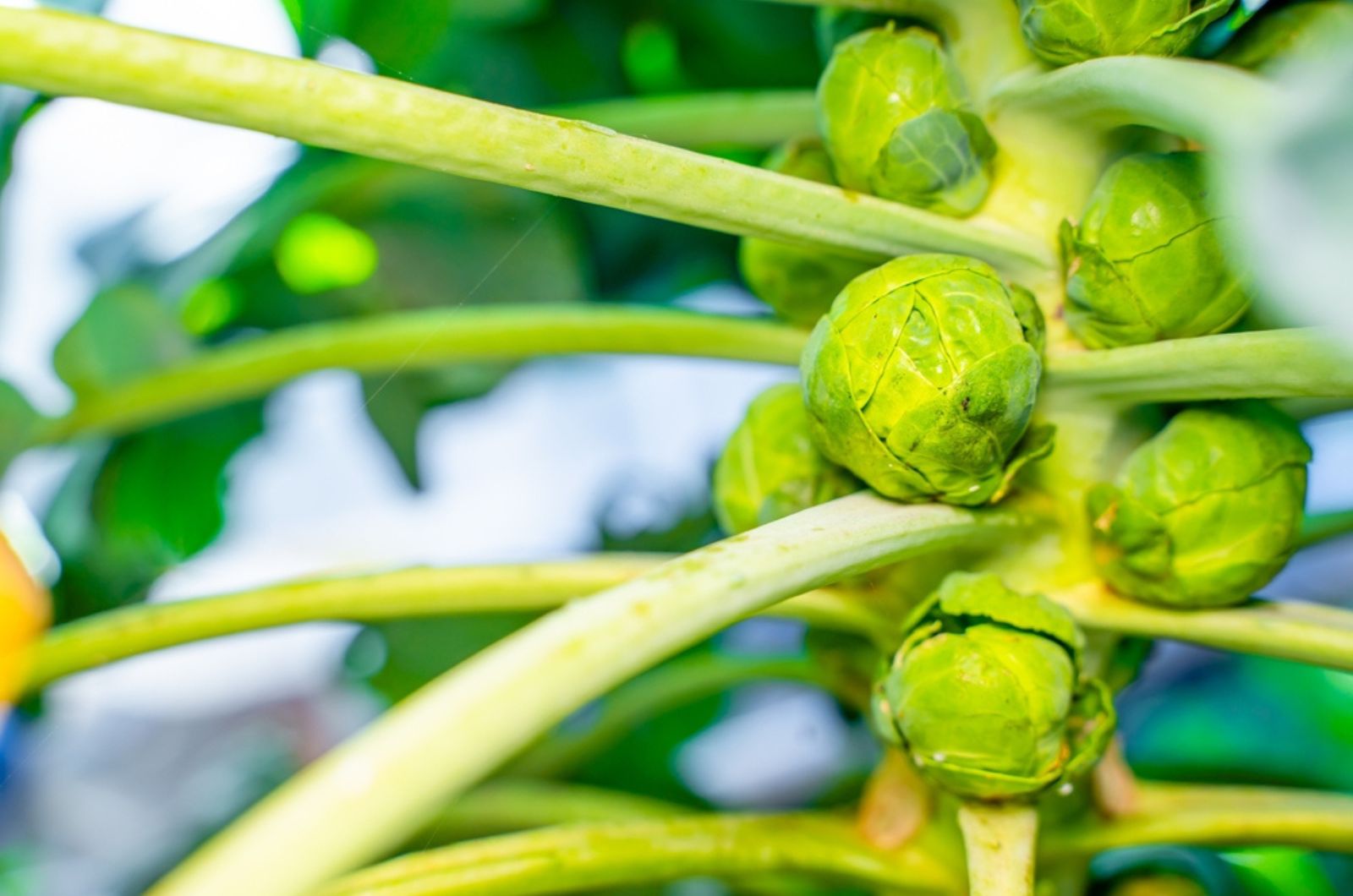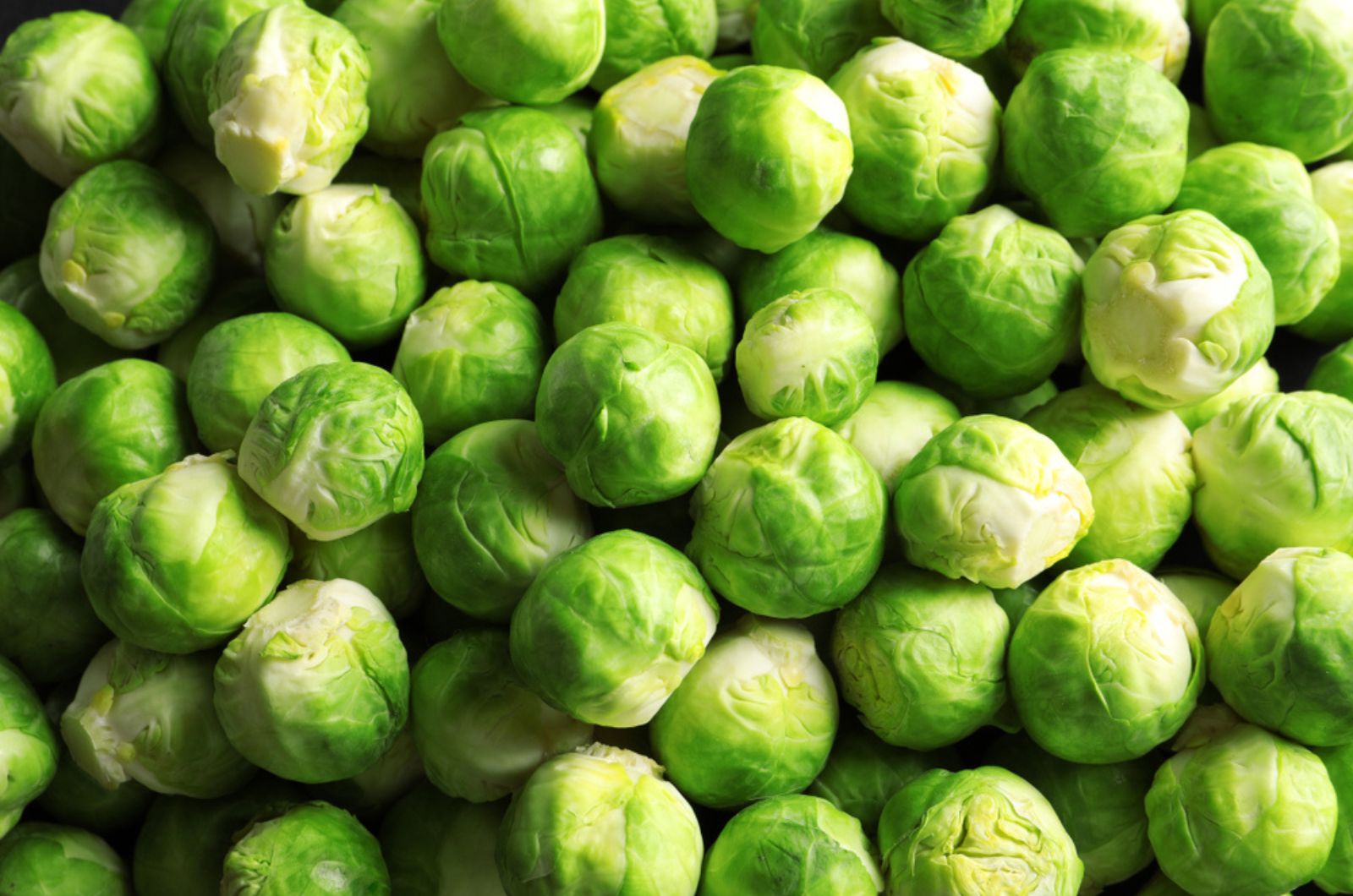Brussels sprouts are one of those veggies you either love or hate, but the chances they’ll be on the Christmas table are very high.
There are so many delicious recipes with Brussels sprouts and nothing tastes better than homegrown ones.
In this article, I’ll show you how to grow your own Brussels sprouts, from planting to harvest!
Let’s get started!
Varieties To Select
When it comes to choosing the best Brussels sprouts varieties, I highly recommend hybrids. The open-pollinated types are indeed cheaper, but unfortunately, they don’t produce an abundant yield anymore.
F1 Brussels sprouts hybrids are vigorous plants and they generate larger crops.
You most likely won’t need more than one seed pack and this applies to both early and maincrops. Remember that it takes a pretty long time for Brussels sprouts to grow.
The Crispus variety shows excellent tolerance to diseases, especially club root. Later in this article, I’ll tell you more about this disease and its effect on Brussels sprouts.
If you prefer larger sprouts, then Marte is a good choice. This Brussels sprouts variety can be harvested from October to January.
How To Plant Brussels Sprouts
As mentioned, these plants need a lot of time to mature, so it’s best to start them in February or March.
You can sow the seeds directly in the ground, but since they are pricey, I recommend germinating them indoors in a smaller container.
As soon as the seedlings emerge, you can transfer them to a greenhouse or cold frame.
Alternatively, select a sheltered spot outdoors and protect your Brussels sprout seedlings with horticultural fleece or any other cover used for winter protection.
The seedlings should be established fully in a couple of weeks and then replanted in standard 3.5-inch pots.
Leave them to develop further for approximately a month and then plant them directly in the ground.
When compared to other plants such as tomatoes, Brussels sprouts are hardier and will survive if planted in the ground in May.
Can You Sow The Seeds Outdoors?
Many gardeners try to avoid using plastics for their plants and if you’re one of them, you may ask yourself if it’s possible to grow Brussels sprouts in the ground only.
Luckily, these veggies can survive in such conditions but there are a few things you should consider.
First, you must plant Brussels sprout seeds in ground in which there isn’t clubroot. Second, select a sunny spot and sow the seeds in an approximately 5 inch deep hole.
It typically takes seeds started outdoors two weeks to germinate and you must protect them with horticultural fleece or a cloche.
You can plant bare root transplants when they develop about 7 leaves, which typically occurs in May.
Make sure to fork out the seedbed and transfer the transplants into pre-moistened holes.
Another method is to sow three seeds about 22 inches apart and after they germinate, thin them down to one and protect them from birds and insects; fleece or cloche will suffice.
The Ideal Spacing
It’s essential to ensure the proper spacing for vegetables if you want healthy crops. For Brussels sprouts, there should be approximately 24 inches between each plant.
When it comes to rows, you should opt for a spacing of about 35 inches.
How To Maintain Brussels Sprouts
One of the things you must ensure is regular watering of your Brussels sprouts until they’re well-established.
You should also put a small cardboard collar around the base of your Brussels sprout plant to prevent cabbage root fly infestation.
These veggies will develop most in June and they won’t need as much water.
The best way to ensure the healthy growth of your Brussels sprouts is to plant them in rich and fertile soil. You can add some organic matter to the growing substrate when planting these veggies.
Your Brussels sprouts will perform best if fertilized with chicken manure pellets.
Common Problems
The abovementioned club root is one of the most common diseases in the cabbage family, and it can occur in Brussels sprouts. (1)
The easiest way to prevent this disease is to choose disease-resistant Brussels sprout varieties and purchase the seeds or transplants from reputable sellers.
You should also keep an eye on aphids, whiteflies, and caterpillars and remove them if you spot any.
Pigeons may also visit your Brussels sprouts, so protect the plants with sticks and taut netting.
When To Harvest Brussels Sprouts
You can start harvesting these veggies as soon as the crops are about an inch in diameter. Sometimes they’ll be ready for harvest in the summer but gardeners typically pick them later when the sprouts experience some cold.
The plant will store sugars in its buds to protect itself from the cold, and that’s when they taste the best.
When harvesting your Brussels sprouts, cut them at the base where they’re the biggest.
Homegrown Brussels sprouts taste heavenly and with our tips and tricks, you can have a bountiful yield!
References
1. ClubRoot. (n.d.). UMN Extension.




